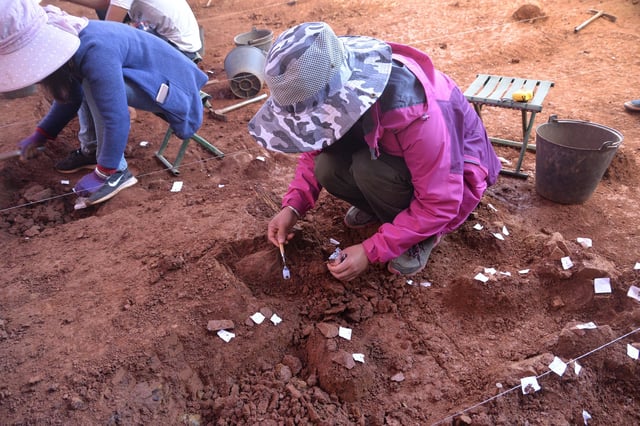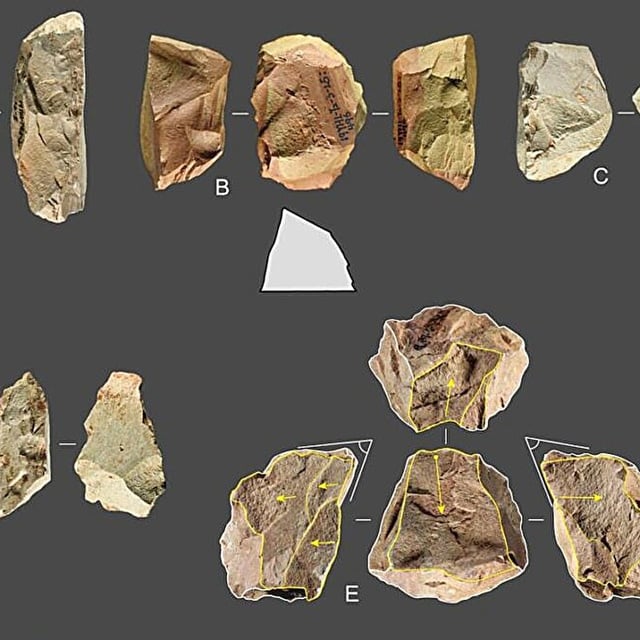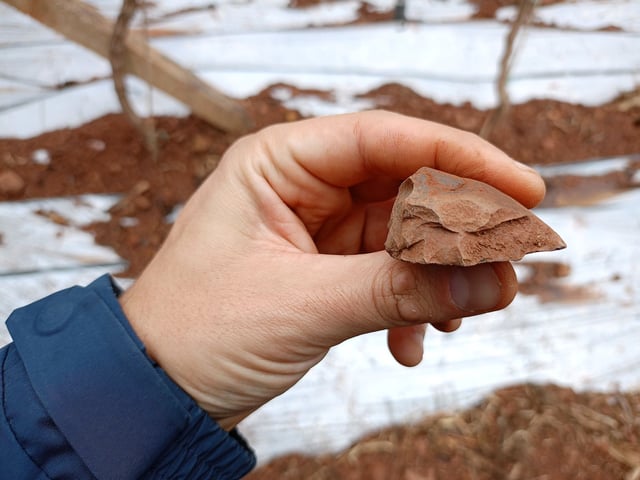Overview
- Quina stone tools, previously associated with Neanderthals in Europe, have been identified at the Longtan site in southwest China, dated to 50,000-60,000 years ago.
- The tools include 53 scrapers and 14 cores, showing evidence of resharpening and use for tasks such as cutting meat and scraping hides or wood.
- The discovery challenges the long-held belief that Middle Paleolithic technology in East Asia was static compared to Europe and Africa.
- Researchers are investigating whether the technology was independently developed in East Asia or introduced through cultural contact, possibly involving Denisovans or another hominin species.
- The findings highlight the need for further excavations in the Longtan region to uncover deeper layers and potentially associated human remains.


